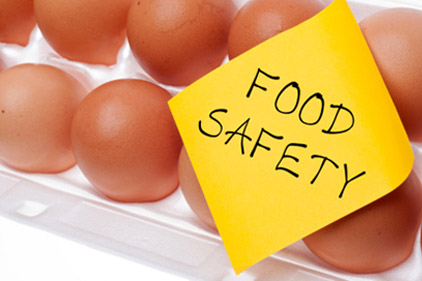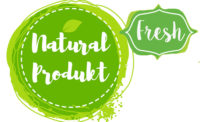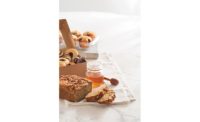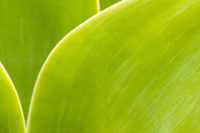“There’s a huge opportunity in finding new space within the clean label topic because it’s a broad subject, and there is no regulation yet,” said Yasemin Ozdemir, market analyst, research firm Innova Market Insights, based in Duiven, The Netherlands. Ozdemir discussed the future of clean label during a presentation at the Institute of Food Technologists’ Annual Meeting + Food Expo, June 21-24 in New Orleans.
In 2013, 23.5% of global food and beverage launches included a clean label claim, rising steadily from 21.5% in 2010.
“Innova Market Insights has three claims at the moment that we consider clean label and that you can easily find in our database, and they are ‘natural,’ ‘no additives/preservatives’ and ‘organic,’” she said. “But there are also some new claims arising, and a lot of companies are shifting away from using ‘natural’ and moving toward new value propositions because there is a credibility issue and a lack of regulation in ‘natural.’ People want to eat more products with ingredients from nature, but because companies have used it so loosely, there has been a credibility issue lately.”
Fewer consumers today buy into “natural” claims, possibly out of skepticism, Ozdemir explained. Thirty-four percent of U.S. consumers in 2012 considered the claim important when buying food, down from 41% in 2008. Moreover, the number of products launched with a natural claim has stabilized over the past three years, as companies explore other ways to convey a clean label.
Consumer perceptions of clean label vary. When asked to define natural, 49% described a product with no preservatives, 47% said it has no artificial flavors, and 32% said the product is in its natural state, such as meat, fruits or vegetables. Another 32% of consumers defined natural as not genetically modified, 39% said it has no artificial colors, and 35% said it has no artificial sweeteners. Sixty-one percent of U.S. consumers indicated that highly processed foods are a top concern for them.
“Manufacturers and retailers are taking initiatives; some retailers are reformulating products in their own private label lines,” said Ozdemir, citing Wal-Mart and Safeway as examples. “And then there are retailers having a list of banned ingredients. Whole Foods has that, Kroger has it, Safeway has it. I think most of the retailers have a list of ingredients they won’t allow in the products they sell in their stores.”
Several food makers, including Kraft Foods and Coca-Cola, recently reformulated products to remove artificial or controversial ingredients.
“The claim being used most at the moment is ‘no additives/preservatives,’” Ozdemir said. “This is quite an easy claim to make compared to ‘natural,’ which is more risky or ‘organic,’ which is a totally different story.”
Among global product launches with a clean label claim, soft drinks, including sodas, juices and iced teas, accounted for 50%, followed by sauces and seasonings at 13%, baked foods at 11%, dairy products at 10% and ready meals at 9%.
“Another interesting discussion in the U.S. is nonGMO,” Ozdemir noted. “This is increasingly becoming part of clean label.”
Fifty-three percent of U.S. consumers said they wouldn’t buy foods with bioengineered ingredients. “As expected, 34% of all nonGMO products are observed in North America,” she said. Sales of nonGMO-verified products reached $5 billion in 2013, up from $3.5 billion in 2012, with recent introductions from such big brands as Cheerios, Grape Nuts, Smart Balance and Ben & Jerry’s.
“Clean label is here to stay,” Ozdemir added. “And I think it’s very interesting to see new pathways in clean label, whether it’s explicit claiming, finding new value propositions or implicitly by branding or packaging transparency.”




